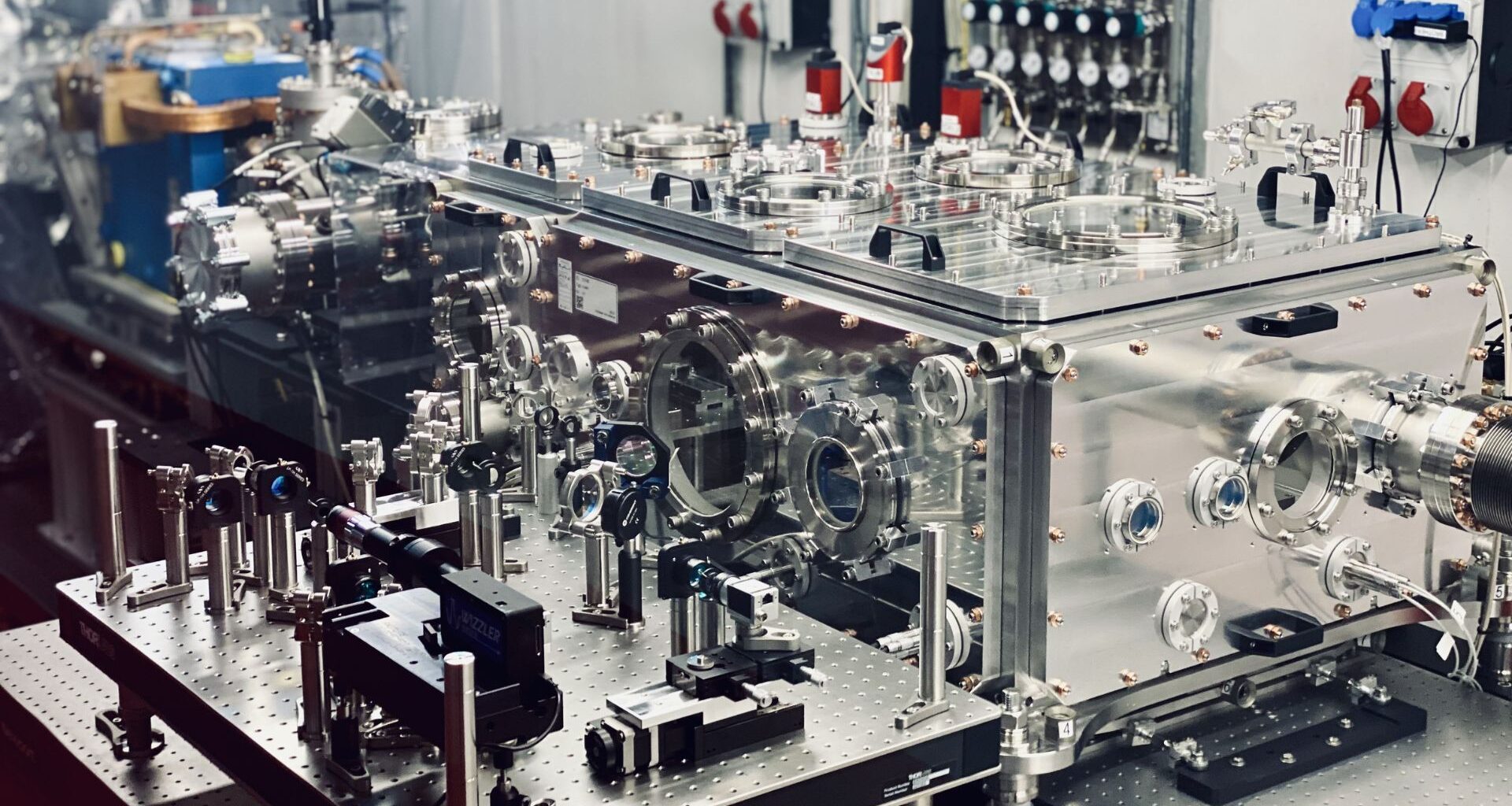Scientists at DESY (Deutsches Elektronen-Synchrotron) have moved closer toward developing compact, powerful particle accelerators.
They have successfully used their new laser system, KALDERA, to accelerate 100 bunches of electrons per second within a compact plasma accelerator known as MAGMA.
This breakthrough addresses a major bottleneck in laser-plasma acceleration technology, i.e., the repetition rate.
“The technology promises compact systems that have enormous potential to open up new applications for accelerators, for example in medicine or industry,” said DESY in a press release.
Addressing limitations of accelerators
Conventional particle accelerators, which rely on radio-frequency waves and a series of large resonators, are often sprawling and expensive facilities.
Laser-plasma acceleration offers a revolutionary alternative, shrinking the scale dramatically. This innovative technique involves firing short, intense laser pulses into a tiny hydrogen-filled tube, which creates a plasma wave in its wake.
“This plasma wave is so highly charged that it can accelerate electrons enormously over a distance of just a few millimetres,” added the team.
“This would make it possible to build more cost-effective machines, for example free-electron lasers,” highlighted Andreas Maier, lead scientist for plasma acceleration at DESY.
While the potential of laser-plasma accelerators has been evident in several prototypes, their low repetition rate has been a major hurdle for real-world applications.
“The viable operation of an FEL requires several hundred to thousands shots per second,” explained the press release.
The KALDERA laser system was specifically designed to overcome this limitation.
Sophisticated system to manage immense power
“In the future, this new laser is meant to accelerate up to a thousand electron bunches per second,” remarked Manuel Kirchen, Team Leader for High-Average Power Laser Plasma Acceleration at DESY.
The sophisticated laser setup employs a series of stages to generate and amplify the light pulses. Weak, short pulses are initially created and then fed into energy-charged crystals, followed by further amplification stages.
To manage the immense power without damaging the system, the pulses are temporarily stretched and then compressed back to their original short duration using advanced optical components.
The compressor’s unique design plays a crucial role in this process.
“Its surface consists of thin layers which have a fine lattice structure,” noted Guido Palmer, Head of Laser Development in DESY’s plasma group.
“These absorb less heat than the gold coatings that were used in the past and enable a new compressor design that is key to the operation of KALDERA.”
Enabling active stabilization
The system’s first operational run yielded immediate and remarkable results. It accelerated 100 electron bunches per second on its first try. This 100-shot-per-second capability is more than just a number, as it could unlock the potential for active stabilization.
Currently, minute disturbances like vibrations, air fluctuations, and power grid instabilities can negatively impact the quality of the accelerated electron bunches.
“When the air moves, the laser beam also moves. This can result in individual electron bunches having different intensities or energy distributions,” asserted Palmer.
However, the high repetition rate of KALDERA enables the integration of adaptive technologies. Sensors, including precision cameras that analyze the laser pulses, can detect deviations. If deviations are detected, a computer can calculate corrections in real-time and potentially adjust mirrors to guide the laser pulse back onto its optimal path.
“Such correction techniques are only possible if the laser fires often enough – like KALDERA with its 100 shots per second,” concluded the press release.
Achieving 100 shots per second marks a critical milestone and demonstrates the feasibility of high-repetition-rate laser-plasma acceleration. The team now aims to push towards the 1,000 shots-per-second goal, which can further enhance the stability and potential of this groundbreaking technology.
